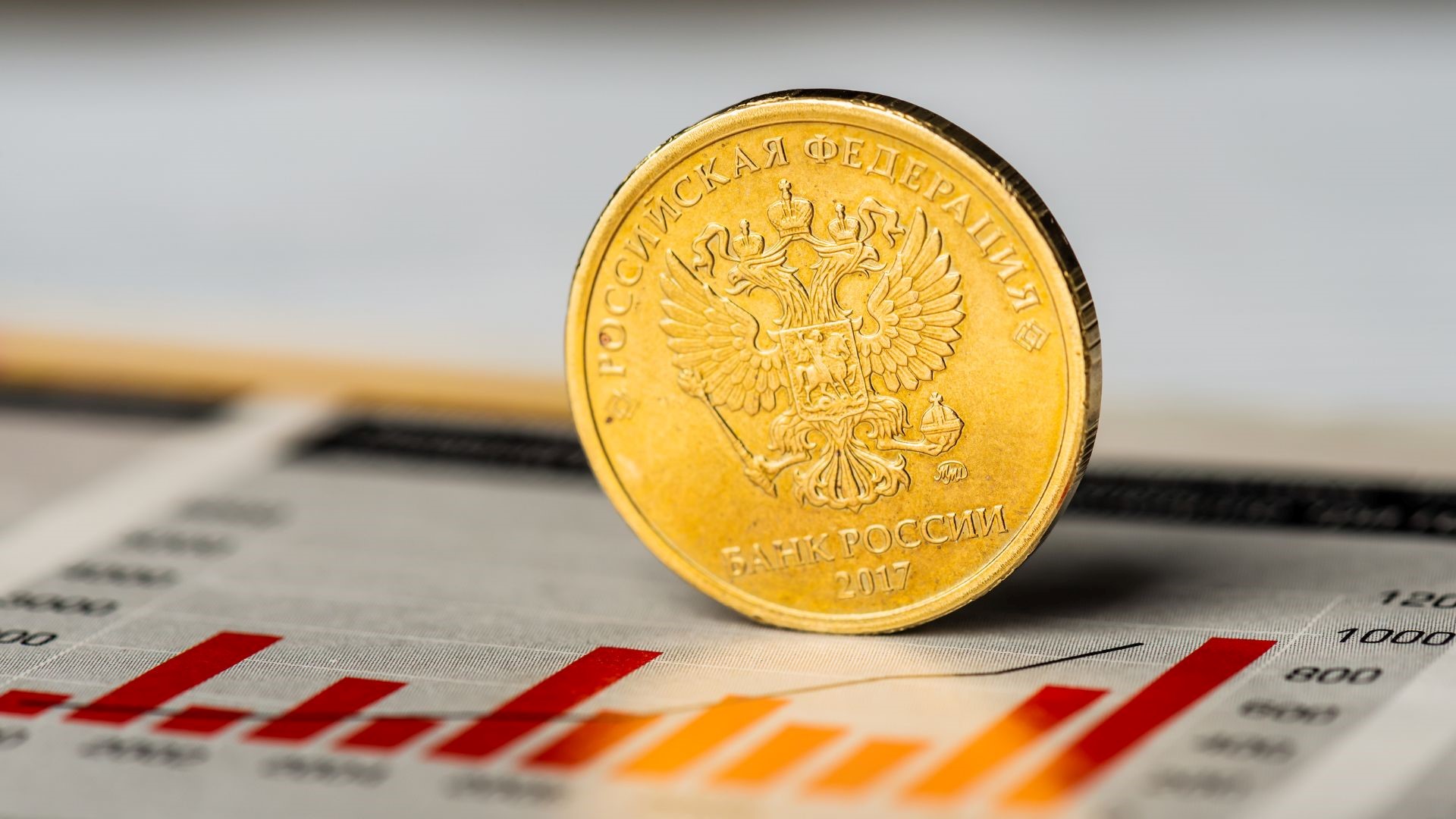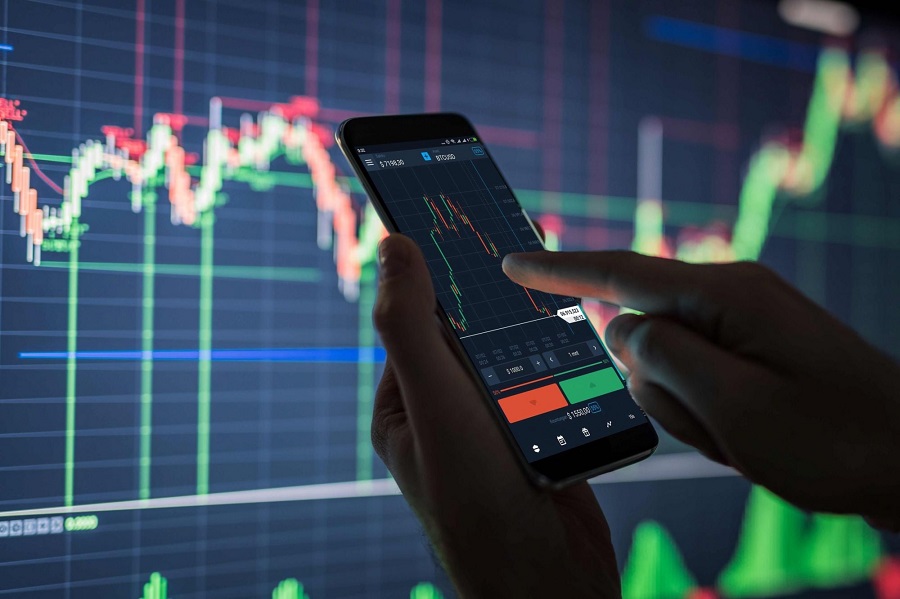The ability to effectively manage trading costs becomes a critical competency in the broad field of finance. The compass that leads us to financial mastery in this complex symphony of markets and numbers is the understanding, analysis, control, and restriction of trading costs. Together, let’s take a look to reveal the mysteries integrated throughout this financial fabric.
Trading costs:
Trading costs are more than just visible fees; they are the outcome of intricate interactions between variables that are hidden from view. The financial symphony is embellished by hidden dynamics, transactional intricacies, and bid-ask spreads. It’s critical to deconstruct in order to properly comprehend the intricacies of cost management.
The Core Components of Trading Costs:
Understanding the fundamentals of trading costs in the complex world of forex API trading is essential to navigating the rough financial waters successfully. Together, these elements, each with a certain amount of power, determine the financial environment that traders have to deal with. Now let’s explore the details of the main parts:
Spread Dynamics:
Bid-Ask Spread Characterized:
At the heart of forex exchanging costs lies the bid-ask spread, a numerical representation of the distinction between the most noteworthy cost a buyer is willing to pay (offered) and the least cost a dealer is willing to acknowledge (inquire). This spread acts as an essential metric, reflecting the liquidity and overall well being of the advertiser.
Advertise Liquidity Affect:
Understanding the bid-ask spread includes recognizing its affectability to advertise liquidity. In times of tall liquidity, spreads tend to be more tightly, minimizing the cost of entering and leaving exchanges. On the other hand, low liquidity can lead to more extensive spreads, expanding the toll of exchanges.
Transaction Commissions:
Transparent Exchange Costs:
Exchange commissions constitute the express costs of executing forex exchanges. These expenses, charged by brokers, are straightforward and ordinarily uncovered and forthright. Dealers must calculate these costs into their general procedure, as they straightforwardly affect the productivity of each exchange.
Brokerage Expense Structures:
Exploring the differing expense structures utilized by distinctive brokers is significant for dealers looking to optimize taking a toll administration. Expense structures may shift, counting settled spreads, variable spreads, or a combination of both. Understanding these structures permits dealers to adjust their methodologies with the foremost cost-effective brokerage choices.
Slippage:
Unmasked Slippage:
When a trade is executed at a price that differs from what was anticipated, this is known as slippage. This issue, which is frequently disregarded, has the potential to reduce earnings and greatly raise total trading expenses. Order size, transaction execution speed, and market volatility can all have an impact on slippage.
Volatility’s Role:
Acknowledging the influence of market volatility on slippage is vital. Slippage is more likely in extremely volatile markets because quick price changes can result in execution at unfavorable pricing. Traders require tactics to lessen the effects of slippage, particularly when market activity is at its peak.
Swap Rates:
Rollover Interest:
Rollover interest, sometimes referred to as swap rates, is the interest earned or paid for keeping a position overnight. This element is essential for traders using carry trade methods, which seek to profit from interest rate differentials between currency pairings in addition to exchange rate changes.
Knowing Carry trading:
Swap rates are essential for traders who engage in carry trading. By deliberately taking advantage of interest rate differences, these traders enhance their entire trading strategy by earning rollover income. Understanding the subtleties of swap rates enables one to make better-informed decisions while taking overnight positions.
Analyzing Trading Costs: A Strategic Exploration:
One of the most important parts of successful financial handling in the forex trading industry is analyzing trading expenses. By exploring the depths of these expenses, currency conversion can improve methods, make well-informed judgments, and eventually increase their total profitability. Now let’s strategically investigate the process of analyzing trade costs:
Metrics for Evaluation: Cost-to-Trade Ratios:
Recognizing Ratios:
The application of cost-to-trade ratios is the fundamental component of trading cost analysis. By contrasting the total value of deals with the expenses paid, these ratios assess the effectiveness of trading techniques. This offers a numerical standard by which to compare the cost-effectiveness of various methods.
Making Use of Minimal Ratios:
Reducing their cost-to-trade ratios is a goal shared by profitable traders. Finding a careful balance between transaction costs and possible profits is required for this optimization. Traders can maintain the efficiency and financial goals of their strategies by regularly assessing and modifying these ratios.
How to control and restrict trading cost:
Controlling and restricting trading costs is a crucial aspect of effective financial management for traders in the dynamic world of forex. By implementing strategic measures, traders can optimize their cost structure, enhance overall profitability, and fortify their financial positions. Here’s a concise guide on how to control and restrict trading costs:
Exploring Expense Structures:
Choose your brokerage wisely. Evaluate and compare various brokers’ fee structures, taking into account factors such as trade commissions, spreads, and other associated costs. Select a brokerage that aligns with your trading strategy and aims to minimize specific expenses. Utilize a reliable Forex history API to analyze past market data and trends, ensuring informed decision-making in your trading endeavors.
Timing and Liquidity Contemplations:
Key arrangement is key to controlling costs. Execute strategies to play down the advertised effect, such as utilizing constrain orders and carefully timing exchanges amid periods of higher liquidity. This guarantees that exchanges are executed at more favorable costs, lessening generally exchanging costs.
Algorithmic Exchanging:
Grasp algorithmic exchanging to improve execution productivity. Calculations can execute exchanges with exactness, minimizing the affect of human feelings and blunders. By robotizing exchanging procedures, dealers can control costs and respond quickly to advertise elements.
Setting Boundaries:
Actualize viable chance administration techniques to limit potential misfortunes. Utilize instruments like stop-loss orders and take-profit orders to set predefined boundaries for exchanges. This not as it were controls chance but moreover helps in overseeing exchange costs related to startling showcase developments.
Collaborative Insights:
Encompass yourself with a learned group or community. Collaborating with specialists and sharing experiences can give a collective insights advantage. This collaborative approach makes a difference in making more educated choices, optimizing techniques, and eventually controlling exchanging costs.
Lawful and Moral Contemplations:
Compliance with legitimate systems isn’t only an administrative prerequisite but too contributes to a straightforward and reasonable exchanging environment. Non-compliance can lead to lawful results that will affect money related solidness.
Conclusion:
The question to comprehend, evaluate, regulate, and limit trade expenses is a continuous expedition. It necessitates not just a thorough comprehension of investments and market dynamics, but also a dedication to ongoing adaptation and progress. Equipped with this understanding, traders can precisely and confidently navigate the financial horizon, making sure that their sails catch the winds of profitability and successfully avoid the storms that high trading costs might bring.




